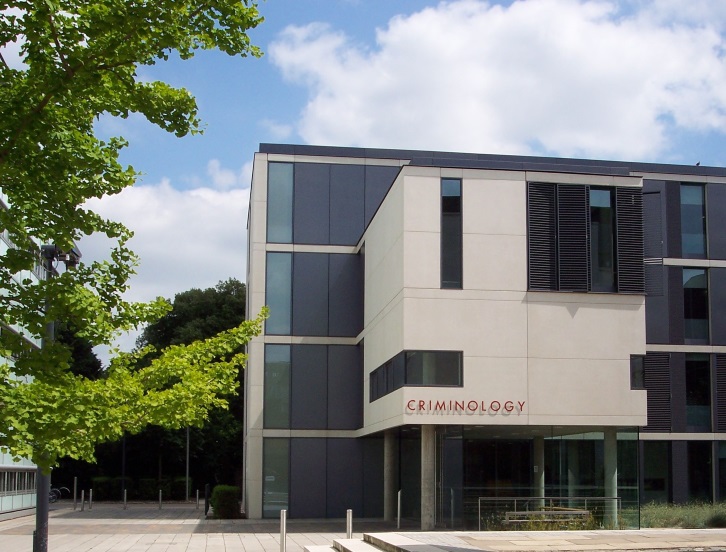Institute of Criminology: the 'Sherlock Holmes Chair'

Courtesy of the Institute of Criminology
The British Home Secretary of 1959, R.A. ‘Rab’ Butler (1902-1982) commented in a letter to the Wolfson Foundation Trustee Lord Nathan that ‘there is an urgent need for a broadly based Institute, whose functions would be the vigorous prosecution of research into the causes of crime and the treatment of offenders…’
Butler’s remarks were typical of his support and interest in penal reform and were considered by the Wolfson Foundation after discussion with former President of the Royal Society Lord Adrian (1889-1977), then Master of Trinity College Cambridge. It was concluded that the existing Department of Criminology at Cambridge University should be expanded by a donation of £150,000.
The grant enabled the creation of an Institute, the funding of a Chair of Criminology, accompanying academic posts, and the purchase of a building. The Institute was initially housed at 4 Scroope Terrace and then in temporary accommodation. The first appointment went to Sir Leon Radzinowicz (1906-1999) who served as Wolfson Professor of Criminology during the years 1959-1973. Radzinowicz was already well-known for his ground-breaking History of the English Law since 1750 (1948-1986) which would eventually reach five volumes of research. He used part of the Wolfson grant to establish the Radzinowicz Library, the most comprehensive criminology collection in the United Kingdom.
The initiative by Wolfson and the Home Office was not universally welcomed. The Sunday Dispatch, quoting an anonymous Scotland Yard senior officer, characterised it as the ‘Sherlock Holmes Chair’, implying that amateur sleuths would be bent on interfering with the professional force. In fact, catching criminals was far from Radzinowicz’s intention: he wanted to examine the effects of the criminal law, the penal system and (controversially) police powers within society.
Today, the Institute of Criminology is a renowned interdisciplinary teaching and research centre, part of the Law Faculty at Cambridge University at the University’s Sidgwick Site. Astonishingly £50,000, part of the original Wolfson grant for the purchase of a building, had been invested by the university and nigh-forgotten. It yielded almost £3 million by 2005, a quarter of the cost of the new building.
- WF/41/1, b, c
Letter from R A ‘Rab’ Butler, Whitehall, London, 7 January 1959, to Harry Nathan, 1st Baron Nathan - WF/41/9, b, c
Note by Harry Nathan, 1st Baron Nathan, on a private meeting with R A ‘Rab’ Butler, 17 February 1959 - WF/41/12
Letter from Edgar Douglas Adrian, 1st Baron Adrian, Trinity College, Cambridge, 23 February 1959, to Harry Nathan, 1st Baron Nathan - WF/41/20, b, c
Letter from Harry Nathan, 1st Baron Nathan, Berkeley House, Hay Hill, 3 April 1959, to R A ‘Rab’ Butler, Home Office, Whitehall, London - WF/41/27, b
Letter from Harry Nathan, 1st Baron Nathan, 7 April 1959, to David Patrick Maxwell Fyfe, 1st Earl of Kilmuir, the Lord Chancellor, House of Lords - WF/41/32
Letter from R A ‘Rab’ Butler, Whitehall, London, 8 April 1959, to Harry Nathan, 1st Baron Nathan - WF/41/43
Letter from Leon Radzinowicz, Department of Criminal Science, University of Cambridge, to Sir Harold Redman, The Wolfson Foundation - WF/41/67
Newspaper cutting, The Sunday Dispatch, 6 September 1959 - WF/41/71
Letter from Charles Craik Cunningham, Home Office, Whitehall, 9 September 1959, to Sir Harold Redman, The Wolfson Foundation - WF/41/74
Newspaper cutting, The Times, 15 September 1959 - WF/41/232
Invitation card, official opening of the new building for the Institute of Criminology, 2005
